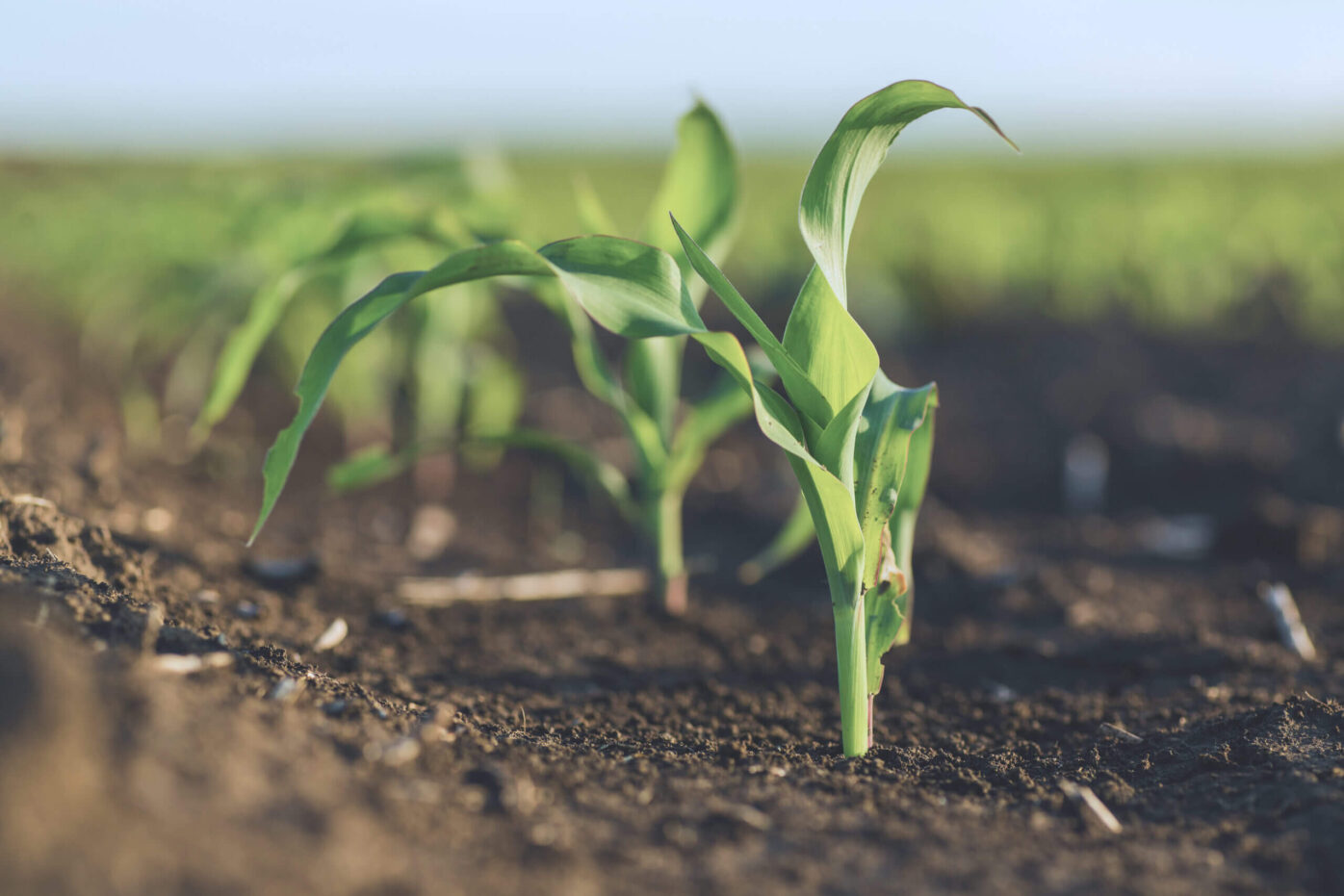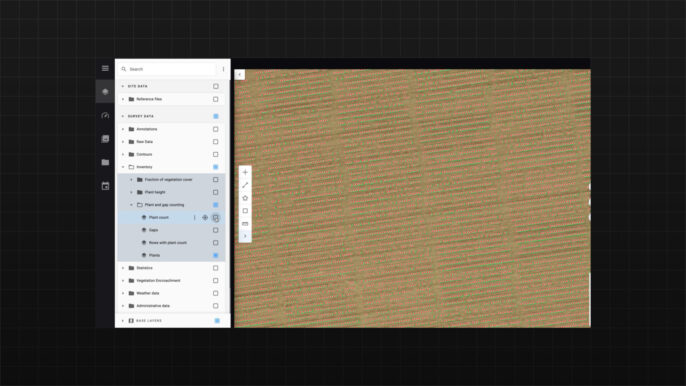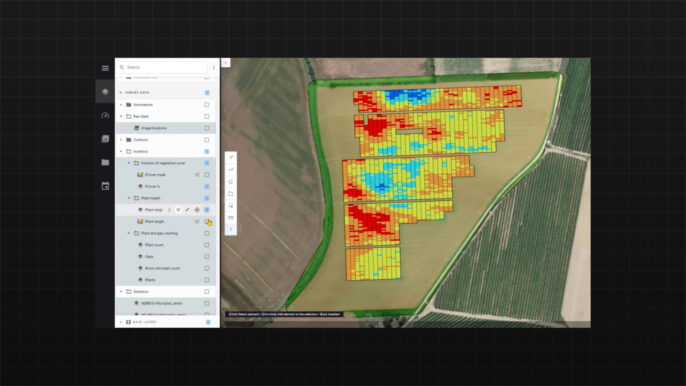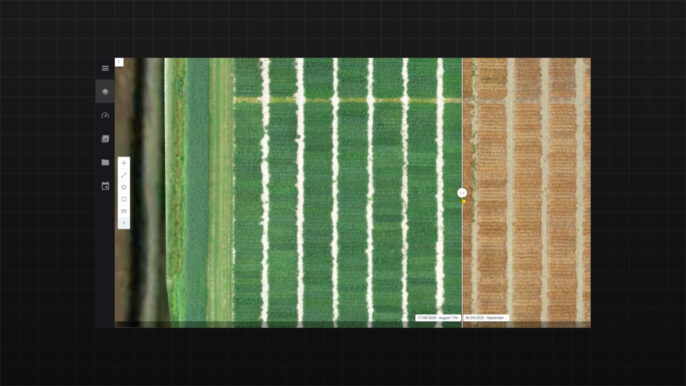BASF

Global deployment of drone data and AI for seed breeding and seed production monitoring
BASF conducts thousands of trials yearly to assess product performance in different conditions. Partnering with Alteia, BASF uses a unified platform to streamline drone data analysis, turning it into insights that accelerate sustainable agricultural solutions and reduce time to market.
Each year, BASF conducts several thousands of research trials in agricultural stations throughout the globe to measure product performance under different field conditions. As a research driven agricultural company, we want to use the full potential of digitalization to accelerate innovation. Partnering with Alteia will help us to get a deeper understanding of the observed crops and their surrounding environments, and reduce the time to market for new products.
Greta De BothManager of Sensor-based Field Phenotyping for Seeds & Traits
Automated and end-to-end data flow
The integrated season planner module automates repetitive data collection and analysis tasks. It allows you to set up automated analysis sequences, standardize processes across sites, and track task progress. Benefits include: Improved efficiency by reducing manual work, cutting down errors, and speeding up analysis; scalability to handle large data volumes without needing more staff.

Support decisions for field trial validation based on plant density/stand counts
Plant density is essential for understanding crop growth and making informed farming decisions. It serves as an indicator of crop health and productivity while also helping to evaluate the effects of environmental factors like weather and soil conditions. This information supports better adaptation to climate changes, making plant density a critical component for effective field trial analysis and sustainable farming practices.

Automatize and standardize crop trait measurement process
Automating crop trait measurement greatly benefits agriculture and research by reducing human error and providing precise, consistent data, essential for accurate research and breeding. Additionally, automated systems can measure a broader range of traits, including those hard to assess manually, offering a more complete view of crop performance.

Evaluate quickly and consistently plant response to crop protection products
Continuous monitoring of crop growth and health allows researchers to track changes in key indicators over time. Analyzing this data in a time series format helps identify trends in crop behavior before and after applying protection products, revealing their effectiveness in managing pests or diseases and their impact on crop growth and health. Additionally, time series data enables the identification of optimal application timings and dosage levels, contributing to more efficient and sustainable agricultural practices.
